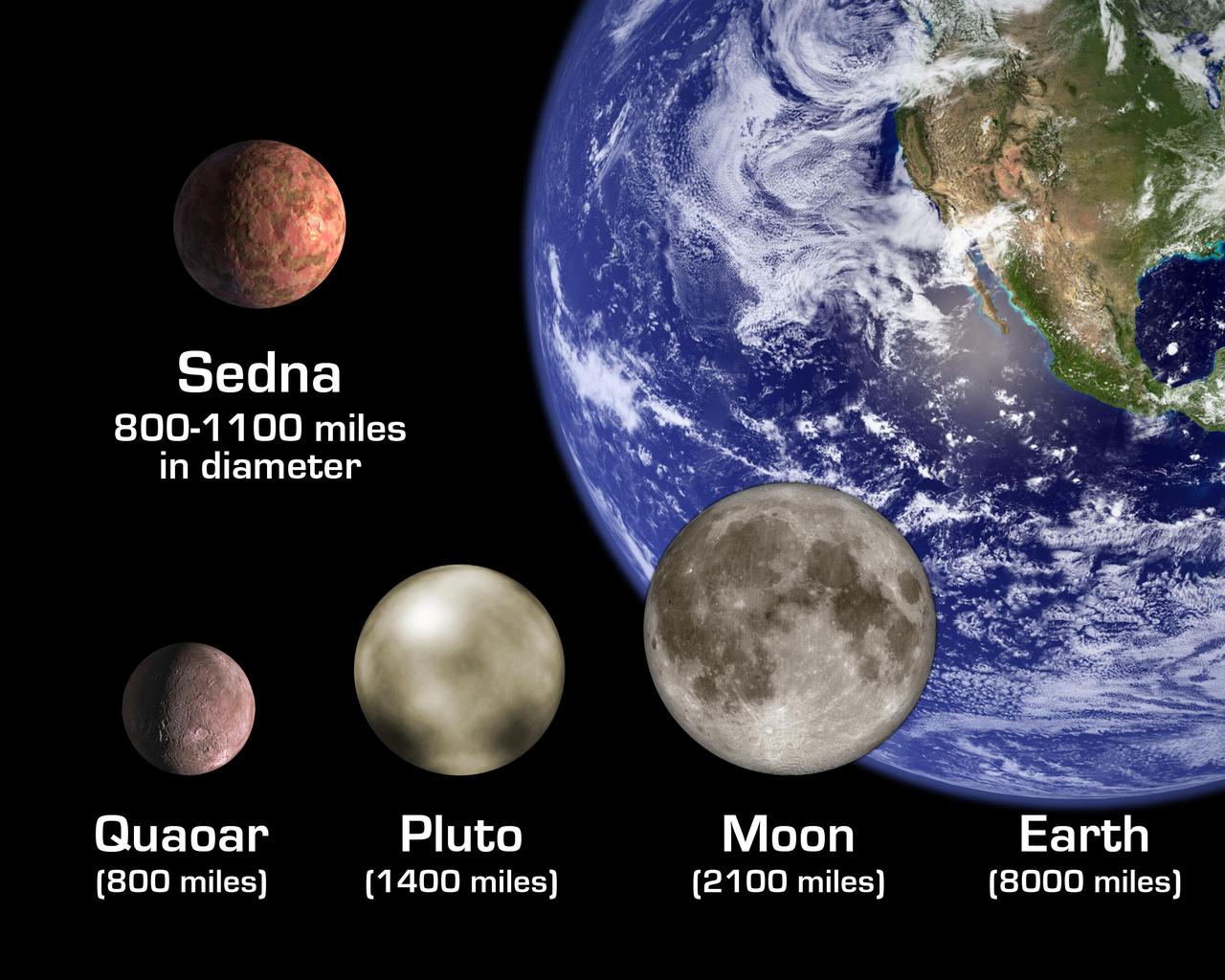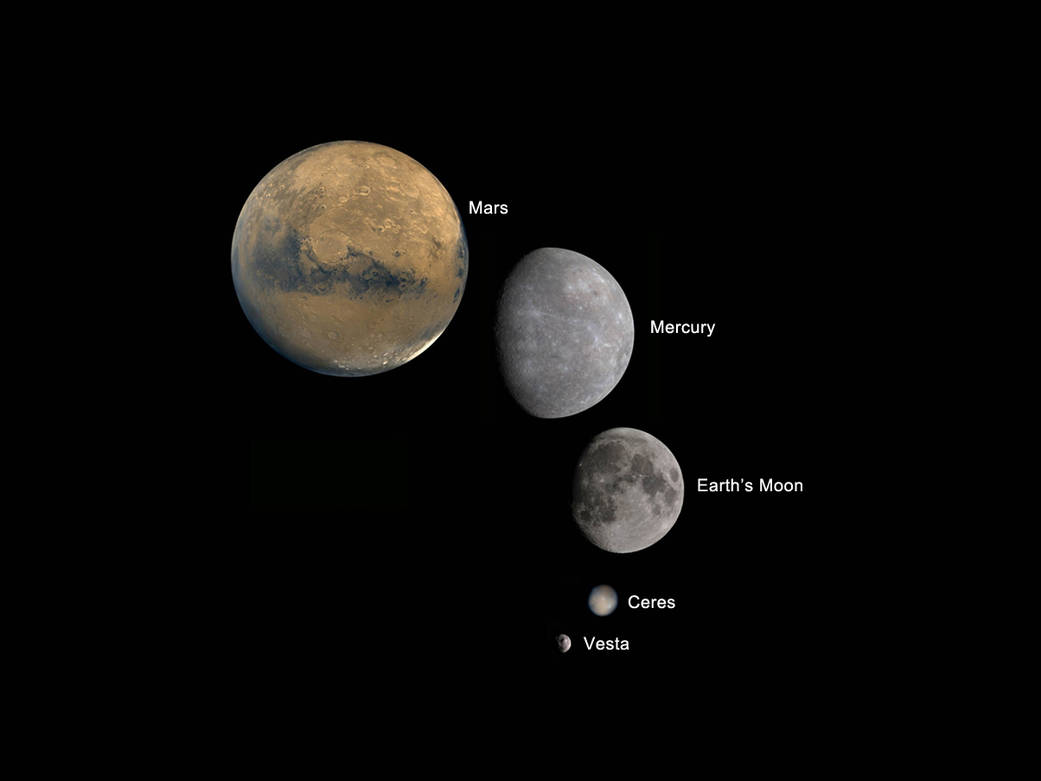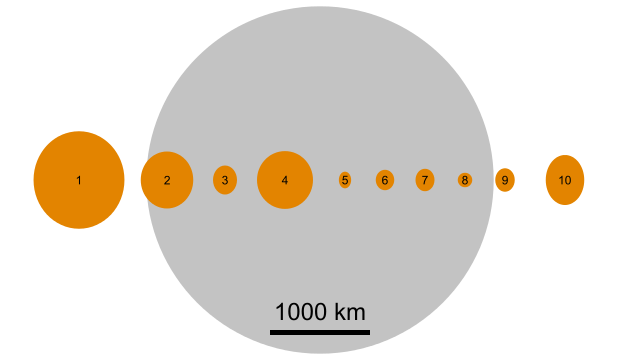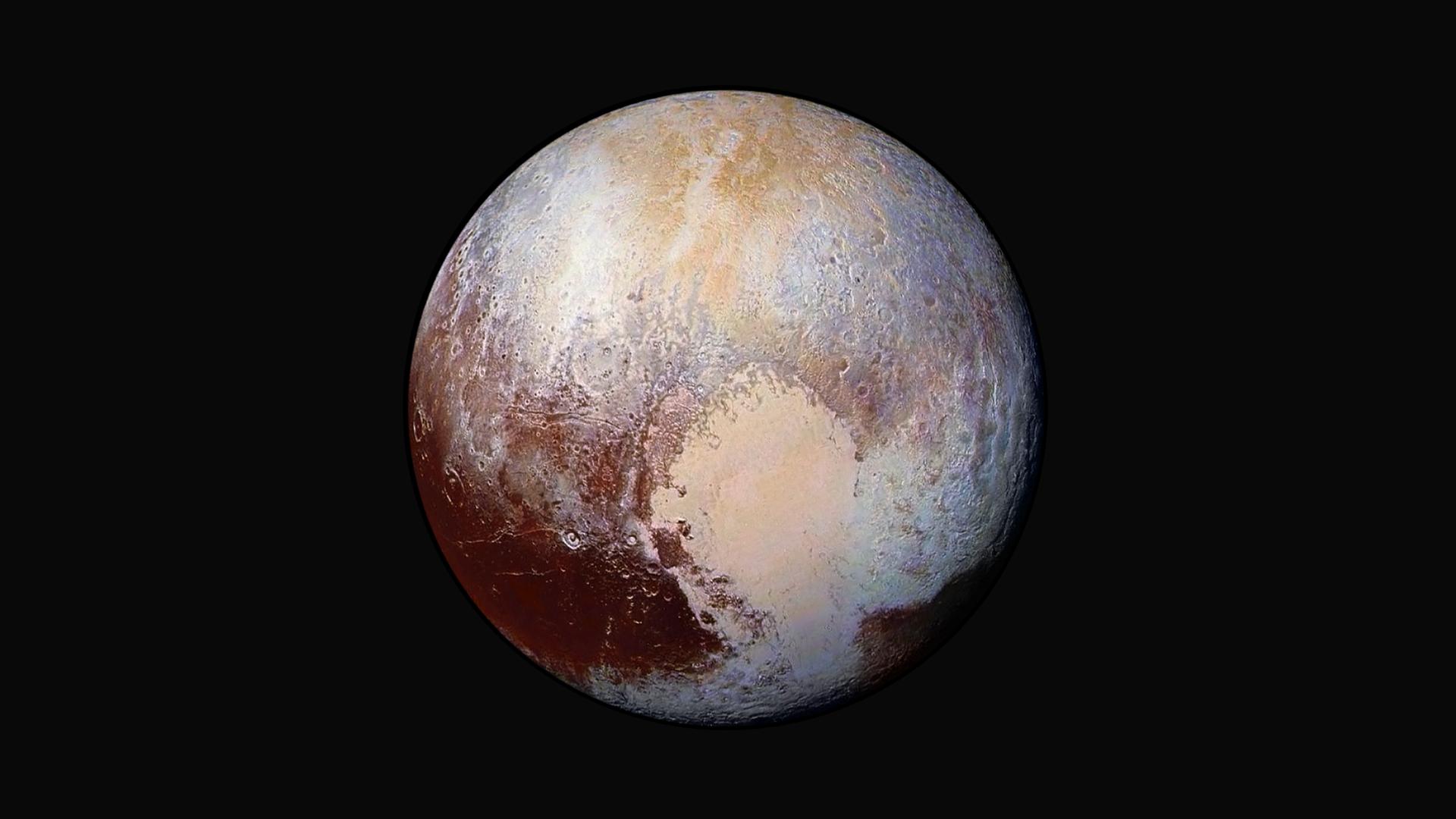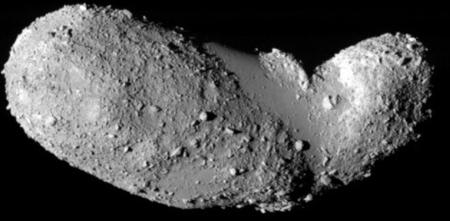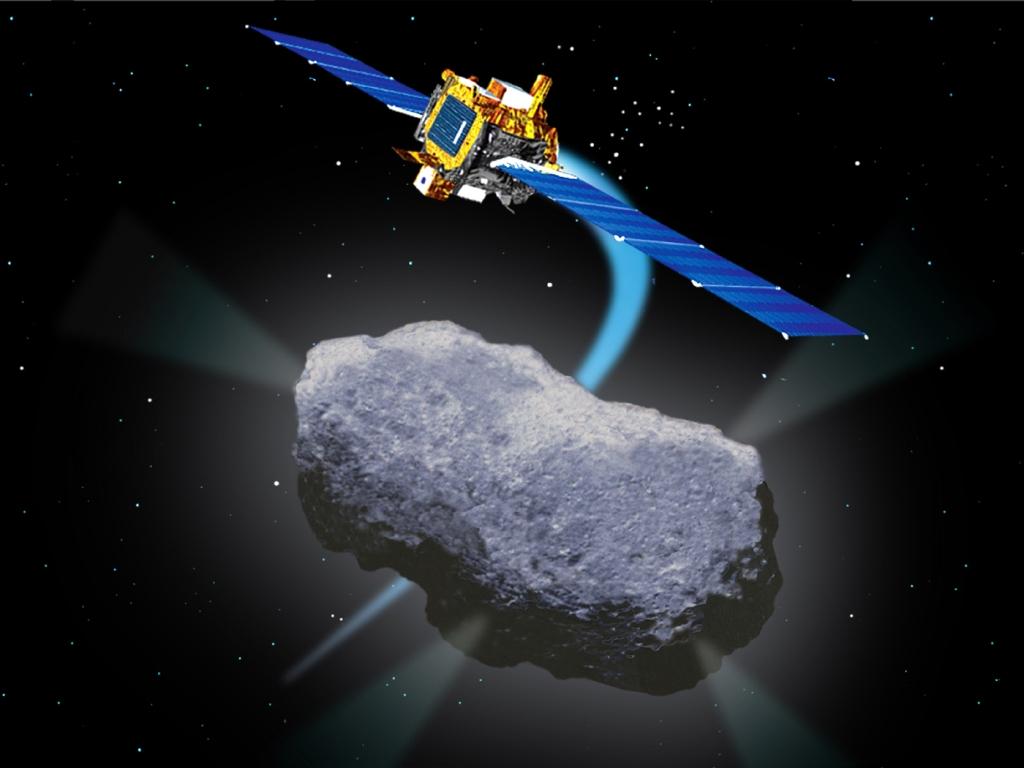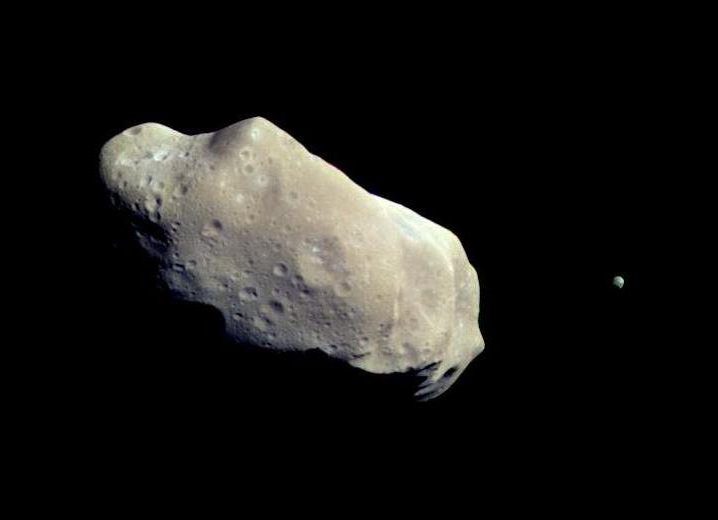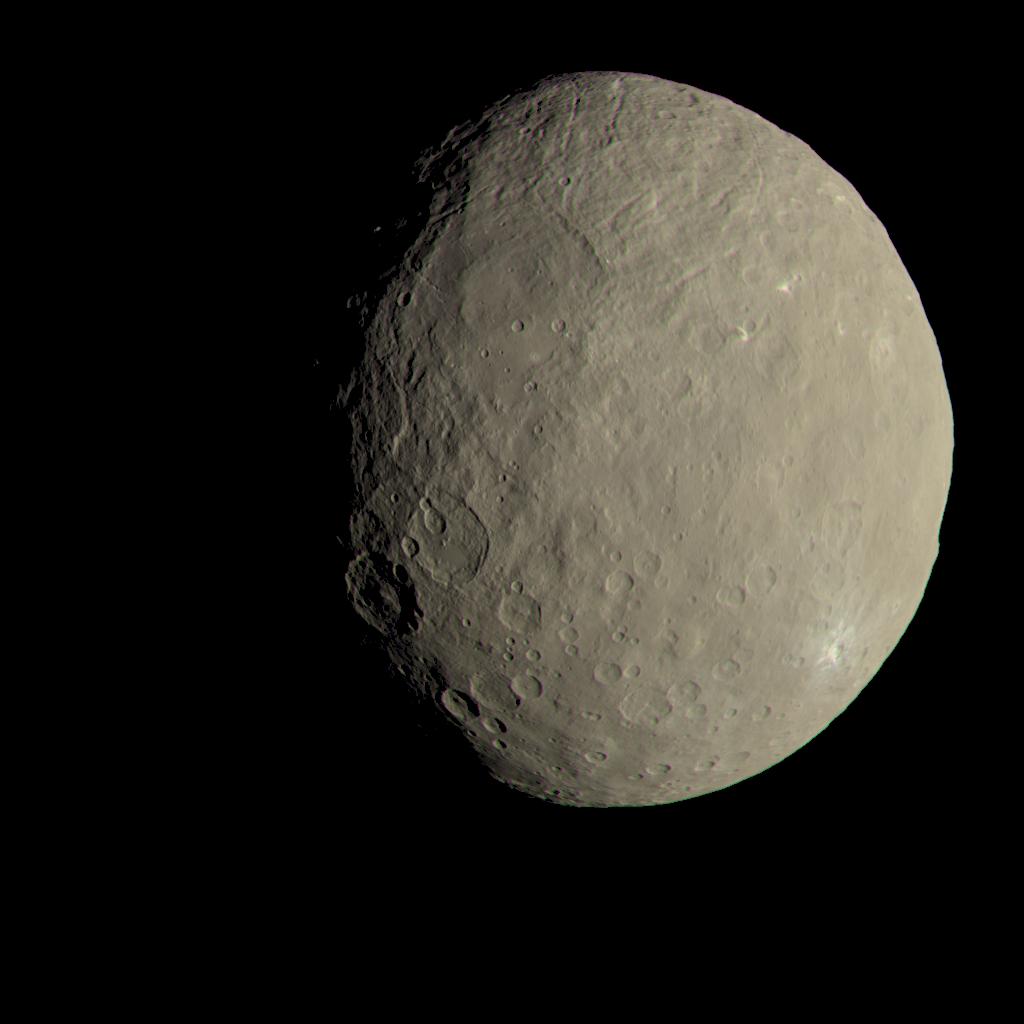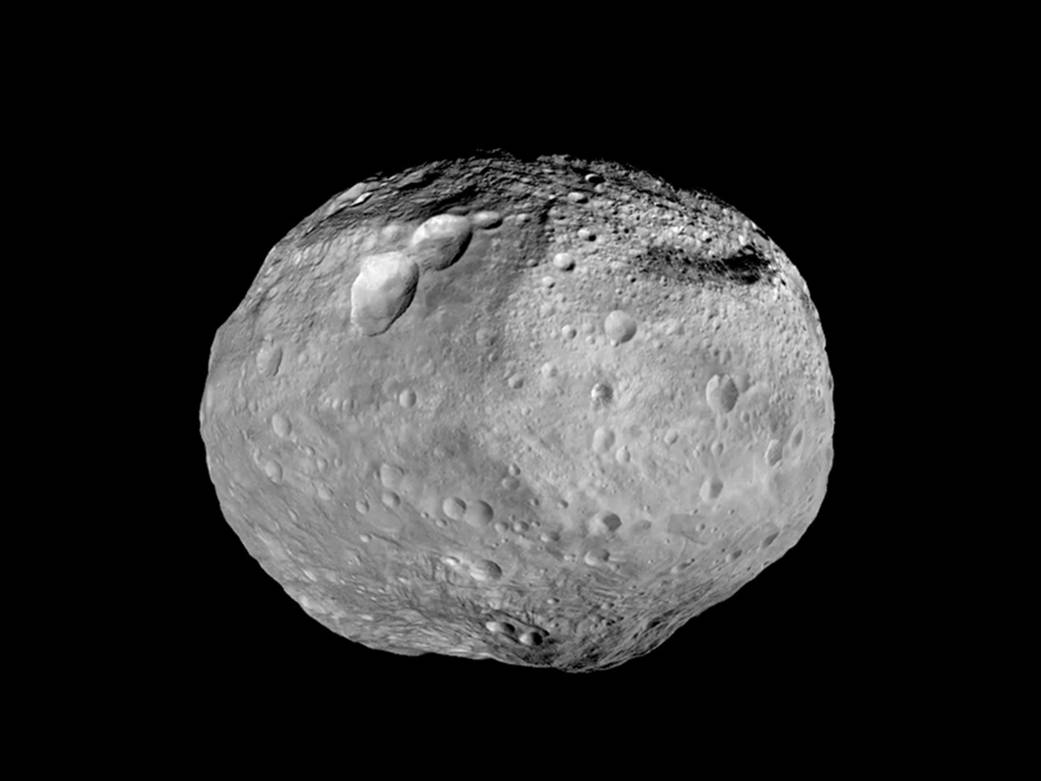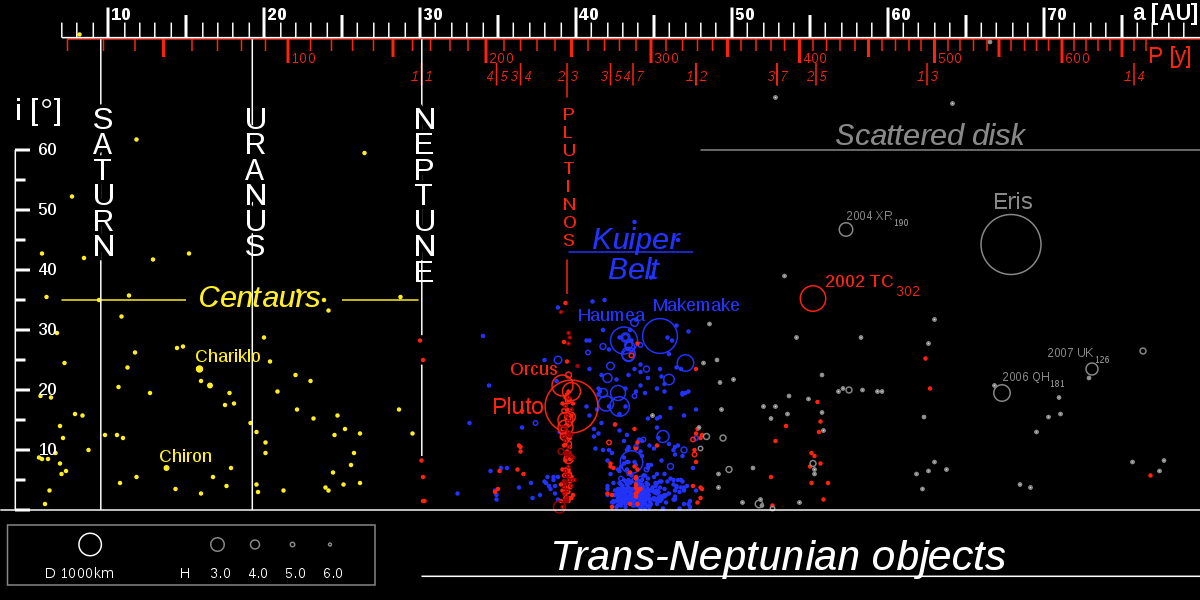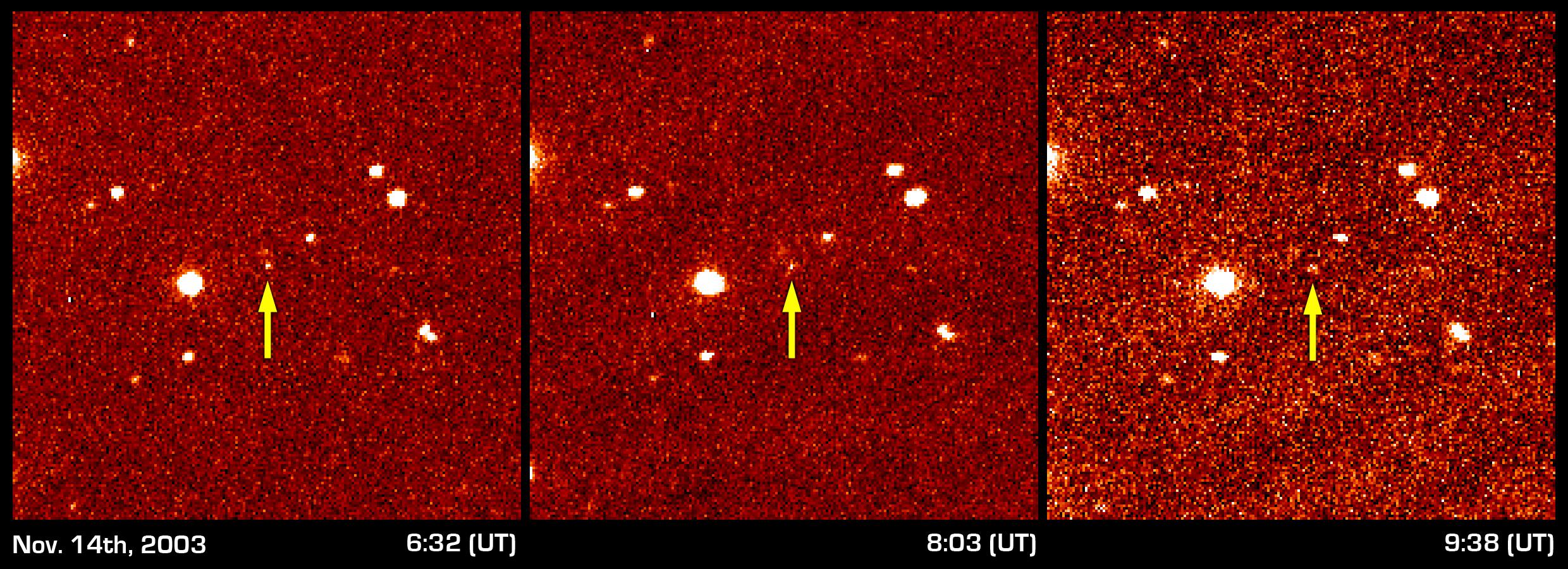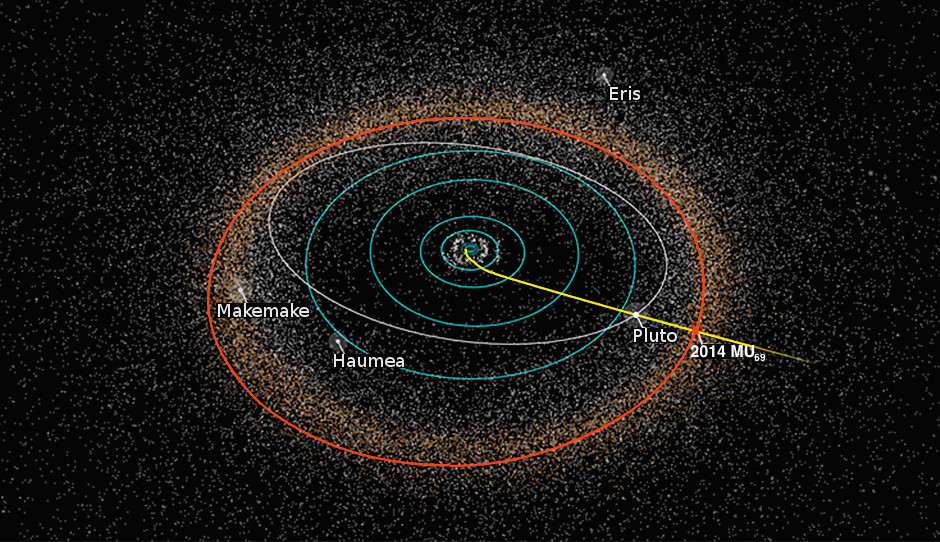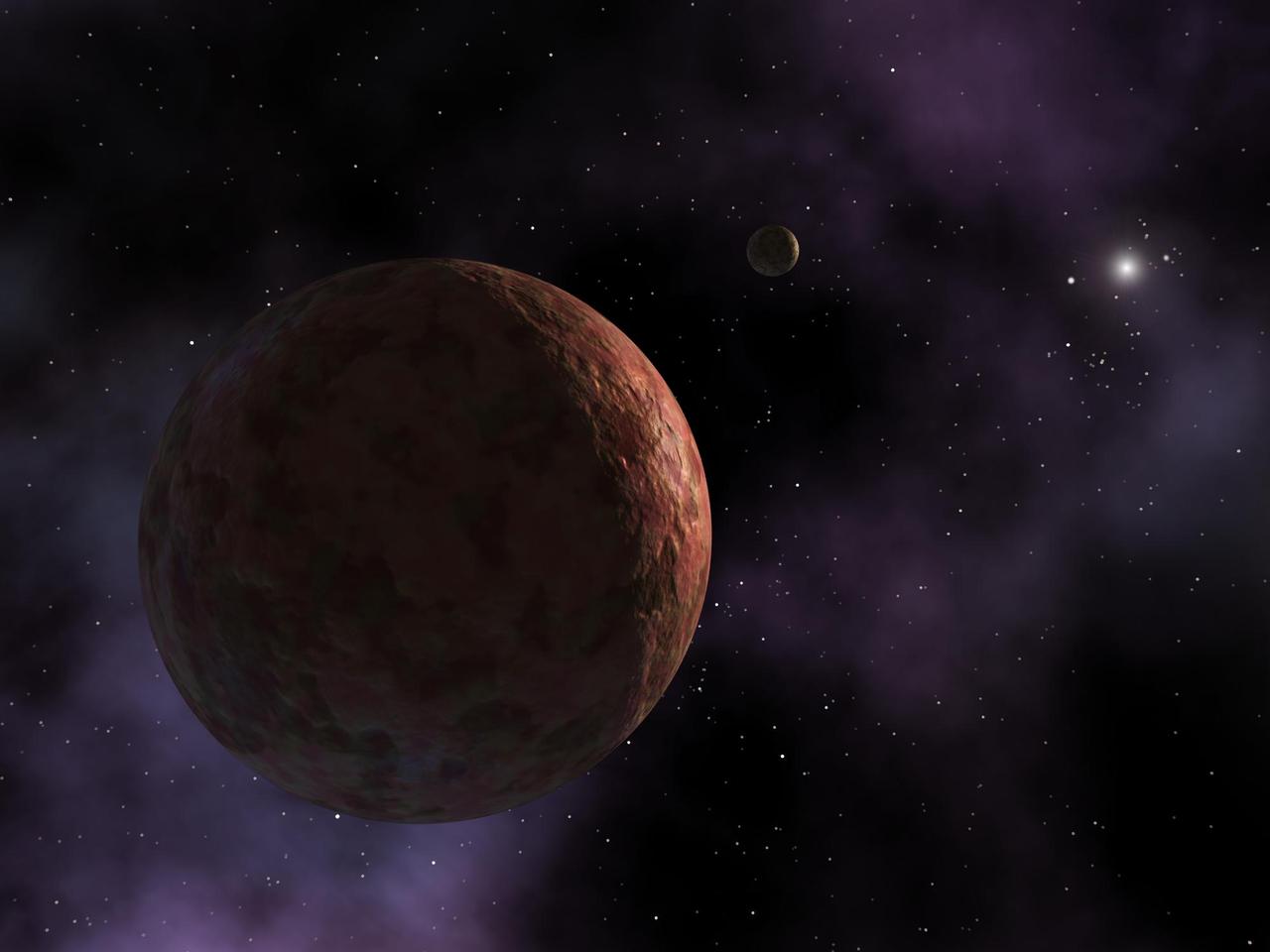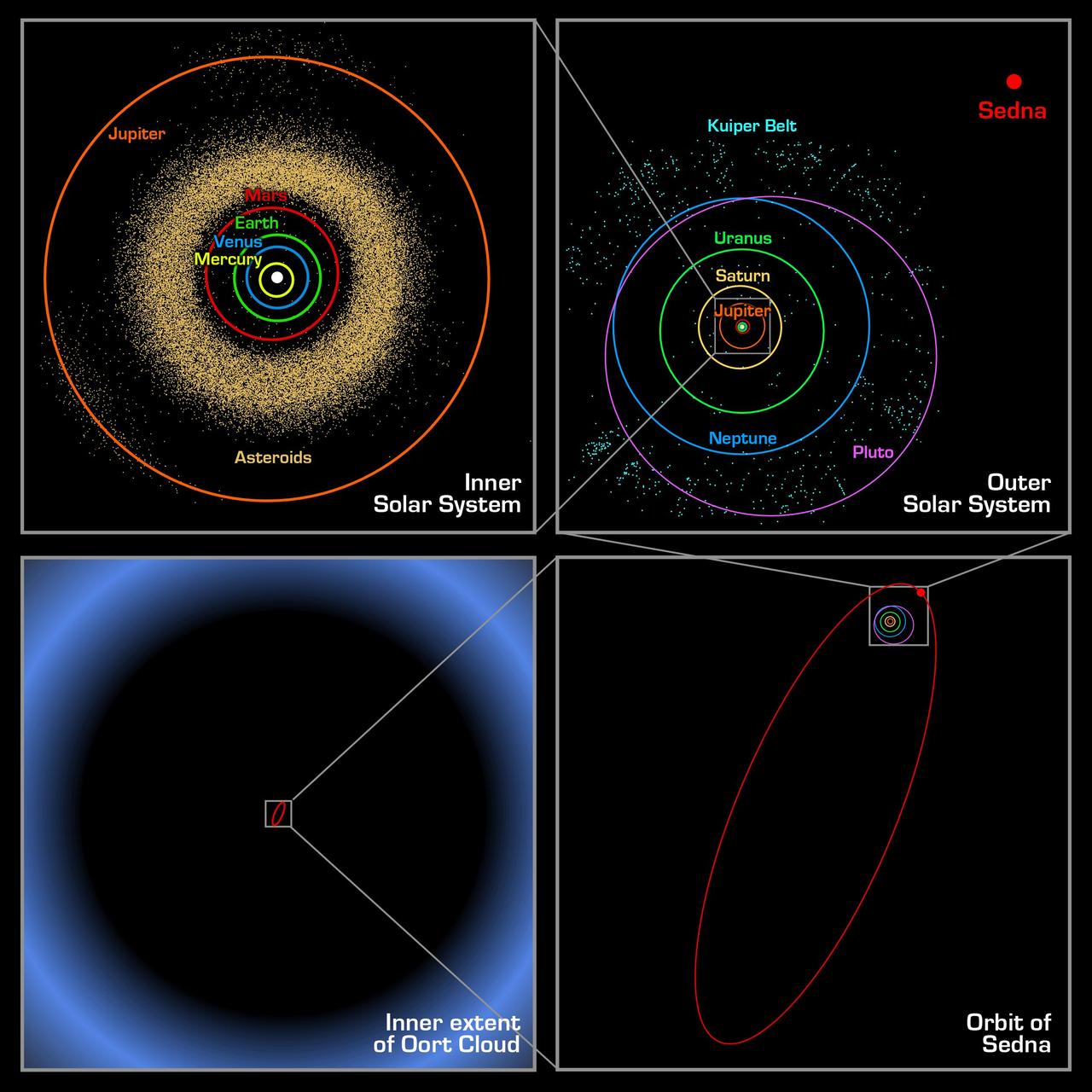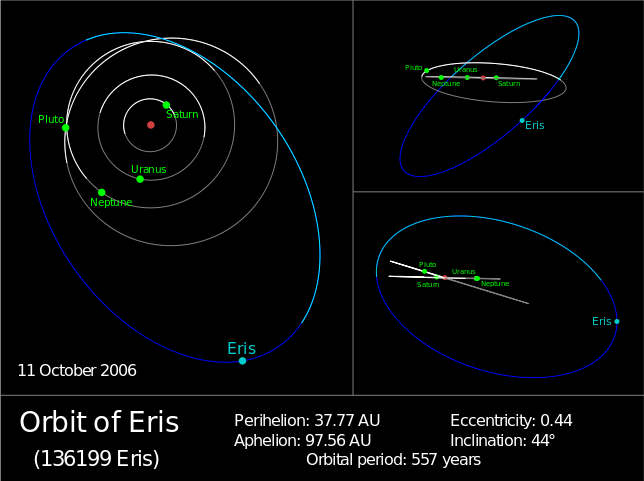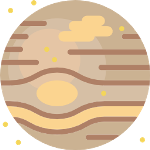Minor Planets | The Solar System’s Building Blocks That Survive
The Solar System’s Small Bodies
The name ‘minor planet’, also referred to as ‘small solar system body’, is basically defined as any natural physical body/object that is in direct orbit around the Sun (except for the planets or comets). The minor planets are divided into several groups and include more than 750,000 identified and recorded objects!
Interesting Facts About Dwarf Planets!
The International Astronomical Union (IAU) created a new sub-category of minor planets known as "dwarf planets" in 2006. Dwarf planets are defined as a solar body that directly orbits the Sun and are spheroid in shape (due to their gravity & composition), but haven't cleared their neighbourhood of other objects (due to their sub-planetary gravity). Ceres was the first minor planet discovered (in 1801) and is now one of the five recognised dwarf planets along with Pluto, Eris, Makemake and Haumea. It is likely additional ones will be discovered in the outer solar system in the coming years.
All You Need To Know About Inner Solar System's Minor Planets!
Traditionally the ‘minor planets’ of the inner solar system have been referred to as ‘asteroids’ which includes several subcategories listed below;
- Near-Earth asteroids – those asteroids with orbits that bring them close to Earth’s orbit.
- Main Asteroid Belt – the best known region of space populated with minor planets that orbit in between Mars and Jupiter.
- Protoplanets – a small class of asteroid with differentiated interiors (Ceres, 4 Vesta and Pallas) which are believed to be a remnant building block left over from the early solar system.
- Earth and Mars Trojans – asteroids that are gravitationally locked in an orbit with Earth and Mars respectively. Currently, one Earth trojan and eight Mars trojans have been discovered.
- Jupiter Trojans – asteroids that are gravitationally locked in Jupiters’ orbit.
Read Interesting Facts About The Outer Minor Planets!
There are several subcategories of minor planets that orbit in the outer solar system, these are typically composed of a higher proportion of ices and volatiles due to the lower temperatures so far from the Sun.
- Centaurs – these are minor planets that orbit between Jupiter and Neptune but have unstable orbits so are likely only transient and have migrated here from beyond Neptune.
- Trans-Neptunian objects – this includes all the bodies beyond Neptune which aren’t dwarf planets or comets!
- The Kuiper Belt – this region consists of thousands of small objects out to 55 astronomical units (AU) from the Sun and includes the dwarf planets Pluto, Makemake and Haumea.
- Scattered disc – lying beyond the Kuiper belt these objects (such as Eris) inclined and elliptical orbits take them out up to 100 AU.
- Detached objects – the first object discovered in this region known was Sedna, these objects have both aphelia and perihelia outside the Kuiper belt.
- Oort Cloud - a hypothetical population of minor planets and long-period comets that may extend out to 50,000 AU – near the gravitational limit of the Sun!
